Question 1:
Diagram below shows the structure of a human brain.
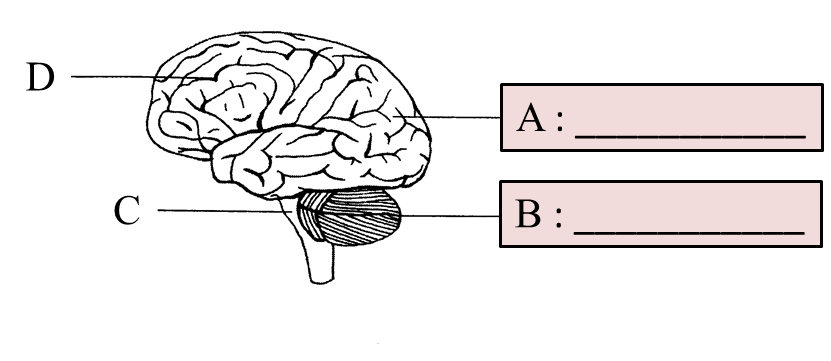
(a) Name the parts A and B in the boxes provided in the diagram using the following terms:

(b) State one function of B.
(c) What will happen to a person if area D is injured? What is the effect on man if part D is injured?
(d) Part C controls involuntary action.
Mark (\/) the action which is controlled by part C.
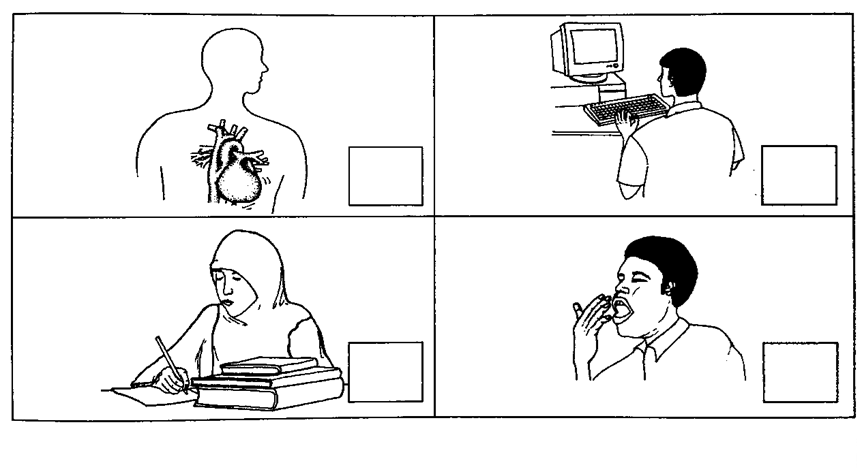
Answer:
(a)
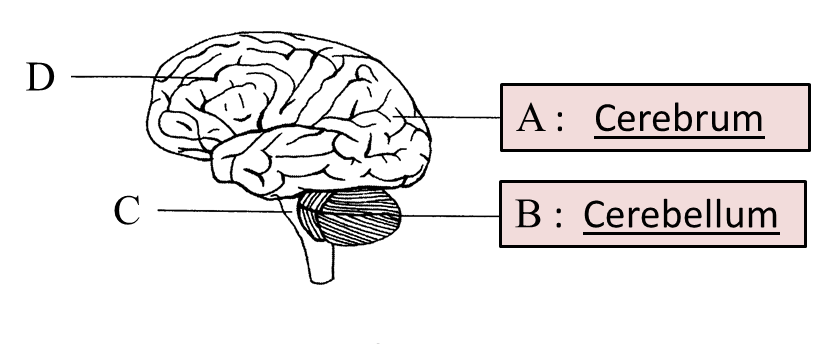
(b) Maintains balance and body posture
(c) Loss of memory
(d)

Diagram below shows the structure of a human brain.

(a) Name the parts A and B in the boxes provided in the diagram using the following terms:

(b) State one function of B.
(c) What will happen to a person if area D is injured? What is the effect on man if part D is injured?
(d) Part C controls involuntary action.
Mark (\/) the action which is controlled by part C.

Answer:
(a)

(b) Maintains balance and body posture
(c) Loss of memory
(d)

Question 2:
Diagram 1 shows the part of the human brain.

(a) Based on Diagram 1, name parts W and Y in the boxes provided using the following information.

(b) State the function of W and Y.
W: _____________________
Y: _____________________
(c) What will happen to a person if area X is injured?
(d) In diagram 2, label Q to show the area that controls hearing.
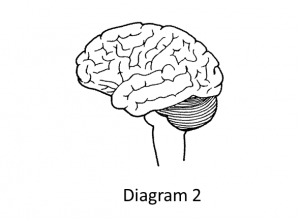
Answer:
(a)

(b) W: Control voluntary actions
Y: Control involuntary actions
(c) The person will lose control of his muscular coordination and balance.
(d)
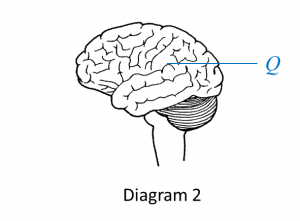
Diagram 1 shows the part of the human brain.

(a) Based on Diagram 1, name parts W and Y in the boxes provided using the following information.

(b) State the function of W and Y.
W: _____________________
Y: _____________________
(c) What will happen to a person if area X is injured?
(d) In diagram 2, label Q to show the area that controls hearing.

Answer:
(a)

(b) W: Control voluntary actions
Y: Control involuntary actions
(c) The person will lose control of his muscular coordination and balance.
(d)
